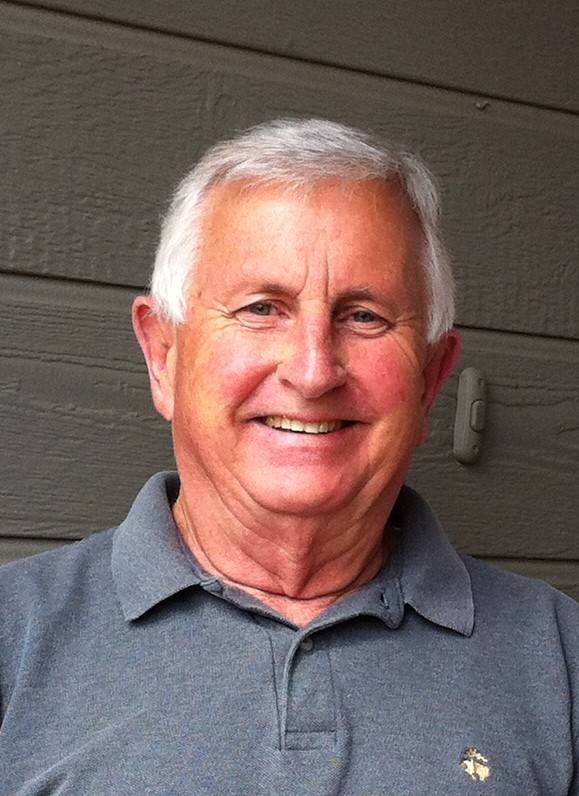Jim Hartman: Medicaid growth threatens Nevada’s cutbacks
Medicaid has the largest budget in Nevada state government.
The explosive growth in Medicaid, far different than the limited federal-state health insurance partnership for the “deserving poor’” envisioned by President Lyndon Johnson in 1965, now threatens state cutbacks to education, infrastructure, and aid to localities.
Nevada is one of 36 states and the District of Columbia that used a provision of the Affordable Care Act (ObamaCare), to vastly expand their Medicaid programs. As a result, 670,000 Nevada residents— 21 percent of the total state population—now get some or all of their health care costs paid through the program. Medicaid expansion under ObamaCare was sold as a free federal lunch for the states, but the bill is now coming due.
Medicaid has grown exponentially since President Johnson signed it into law in July 1965. It was one of two amendments to the Social Security Act of 1935. One created Medicare, the federal health insurance for people over 65. The other amendment created Medicaid.
When Nevada Medicaid was enacted in 1967, it was called SAMI—State Aid to the Medically Indigent. The program then mirrored the “deserving poor” federal law construct, covering the blind, individuals with disabilities, low-income children and their caretaker relatives.
Nevada’s program soon began evolving and expanding resulting from federal additions of coverage and the state’s desire to leverage federal matching funds to cover more residents. The biggest single change in the program occurred in 2013 when Governor Brian Sandoval expanded the state program as authorized by ObamaCare, resulting in dramatic increases in the number of recipients and costs.
In 1975, Medicaid spending cost $24.4 million and comprised 6.6 percent of the state budget—federal funding providing $13.3 million and the state share being $11.1 million.
Today, Nevada’s Medicaid program costs $3.61 billion, 27.8 percent of the total budget. That translates to $2.72 billion from the federal government and about $885 million in state funding. While Nevada’s rapid population growth has undoubtedly contributed to the increasing cost of Medicaid, that only accounts for a small piece.
While Nevada’s population has increased from 619,000 in 1975 to 3.12 million in 2019, the number of Medicaid enrollees skyrocketed over the same period—from 23,000 in 1975 to 670,000 in 2019.
Last year, nearly 230,000 full-time workers in Nevada and their children received care through Medicaid, meaning that roughly a third of Nevadans covered by the state’s health-insurance program for low-income individuals were either adults working full time or their children.
The biggest budget issue facing the state’s Medicaid program in 2019 is the slow, continued reduction of federal money. The federal government originally paid 65 percent of costs for traditional Medicaid and agreed to initially cover 100 percent of the expanded portion of the program. Now, the expanded program reimbursement has decreased to 90 percent and the traditional program federal payment cut as well.
Nevada will need another $114 million over two years to cover its greater responsibility for Medicaid expenses, and an additional $107 million to cover a growing number of people enrolling in the program.
Soaring spending on Medicaid, in parallel with runaway public employee pension costs, are “crowding out” other vital public service activities in the Silver State. Nevada is “feeling the squeeze”, particularly in education finance.
Teacher strikes in Oklahoma, Kentucky, West Virginia and Arizona last year are attributable to two reasons — the “crowding out” effects of Medicaid and public employee pension costs. If Nevada teachers aren’t getting bigger raises, it’s important to identify what pinches school spending.
Medicaid’s growth is devouring state funds—and unsustainable into the future.
Jim Hartman is an attorney residing in Genoa, Nevada.


















